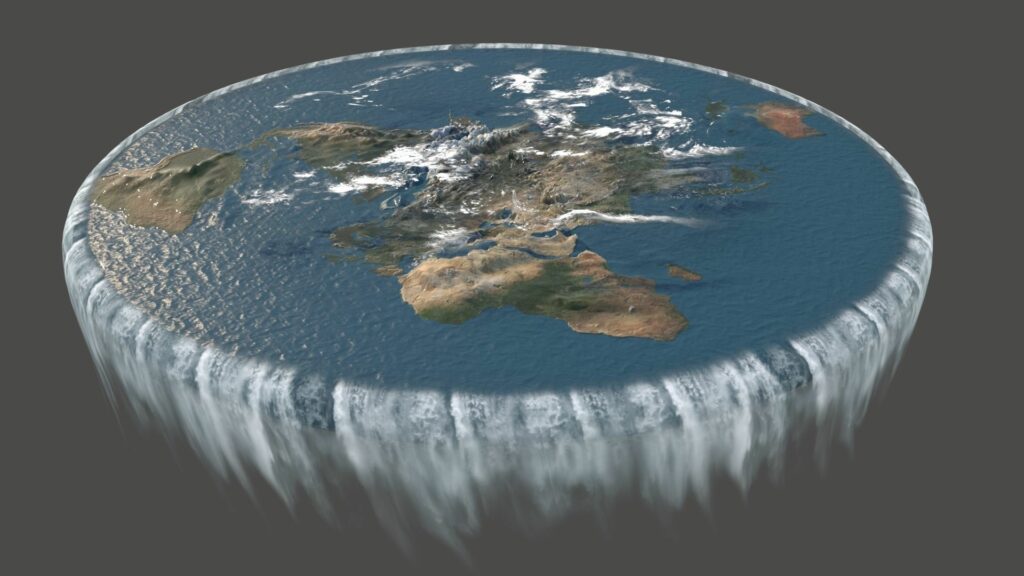The concept of a flat Earth suggests a world shaped like a disc, with a small sun and moon rotating above it akin to lights above a table. Historically, flat Earth beliefs were often rooted in a strict interpretation of biblical texts. This religious foundation still underpins the beliefs of many flat Earth proponents today. Without supernatural intervention, a disc-shaped world would naturally collapse into a sphere due to gravitational forces, just as other planets and celestial bodies have formed.

Debunking the Flat Earth Theory
Flat Earth arguments often focus on perceived inaccuracies in conventional science while overlooking significant flaws within their assertions. The flat Earth model fails to account for numerous natural phenomena that are comprehensively explained by the established scientific understanding of a spherical Earth and its position in the solar system.
A flat Earth would drastically alter the geography of our world, distorting the shapes and distances between continents and oceans. Moreover, if the Earth were flat, the night sky would be identical from every location, which contradicts the distinct constellations observed in the Northern and Southern Hemispheres.

Why do some believe the Earth is flat?
Advocates of the flat Earth theory resort to fabricated explanations and hypothetical forces to dismiss the contradictions of their model, denying established scientific principles such as gravity and claiming that all images of Earth from space are forgeries, along with dismissing astronaut testimonies as false.
The curved shadow of Earth on the Moon during a lunar eclipse, as captured by NASA, underscores the planet’s roundness. This spherical nature has been recognized for millennia, evident to ancient sailors who noted the gradual appearance of ships on the horizon and confirmed by Greek philosophers through logical deductions and empirical observations.
The consistent pull of gravity experienced equally across the Earth’s surface aligns with a spherical shape, where gravity draws objects toward the planet’s centre of mass. On a flat Earth, gravity would behave inconsistently, especially at the edges.
The understanding that Earth is a sphere dates back over 2,000 years and is supported by a plethora of evidence from space exploration, including countless images and live streams from the International Space Station (ISS), as well as the firsthand accounts of astronauts.

Flat Earthers vs. Science
Embracing flat Earth beliefs necessitates rejecting vast swathes of scientific evidence and positing an elaborate conspiracy to fabricate space exploration data. This stance also involves creating new, unfounded scientific principles. Despite its increasing visibility, the flat Earth theory lacks scientific support, relying instead on religious belief, intuition, or satire to propose an alternate reality. However, this does not alter the well-established fact that the Earth is a sphere, a truth that has been conclusively demonstrated for centuries.







